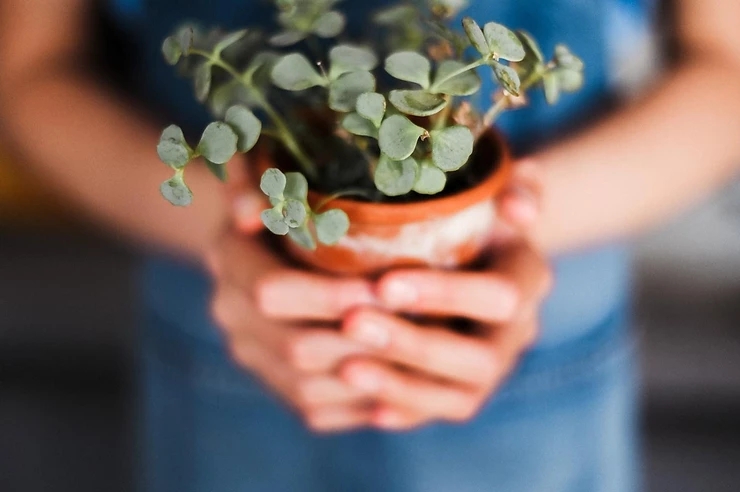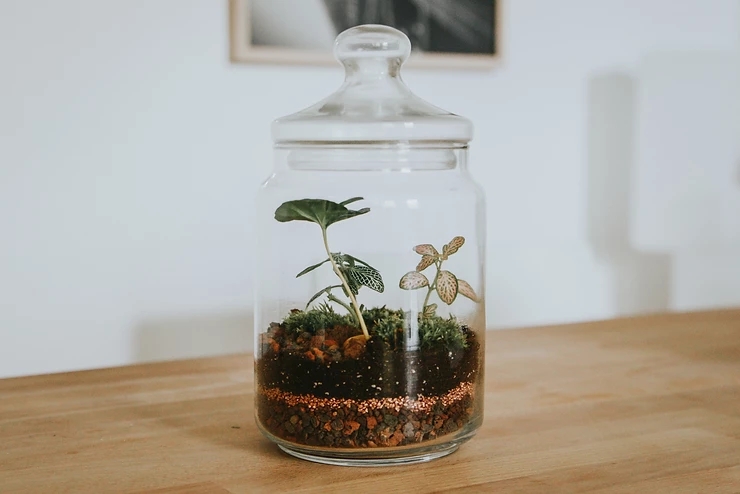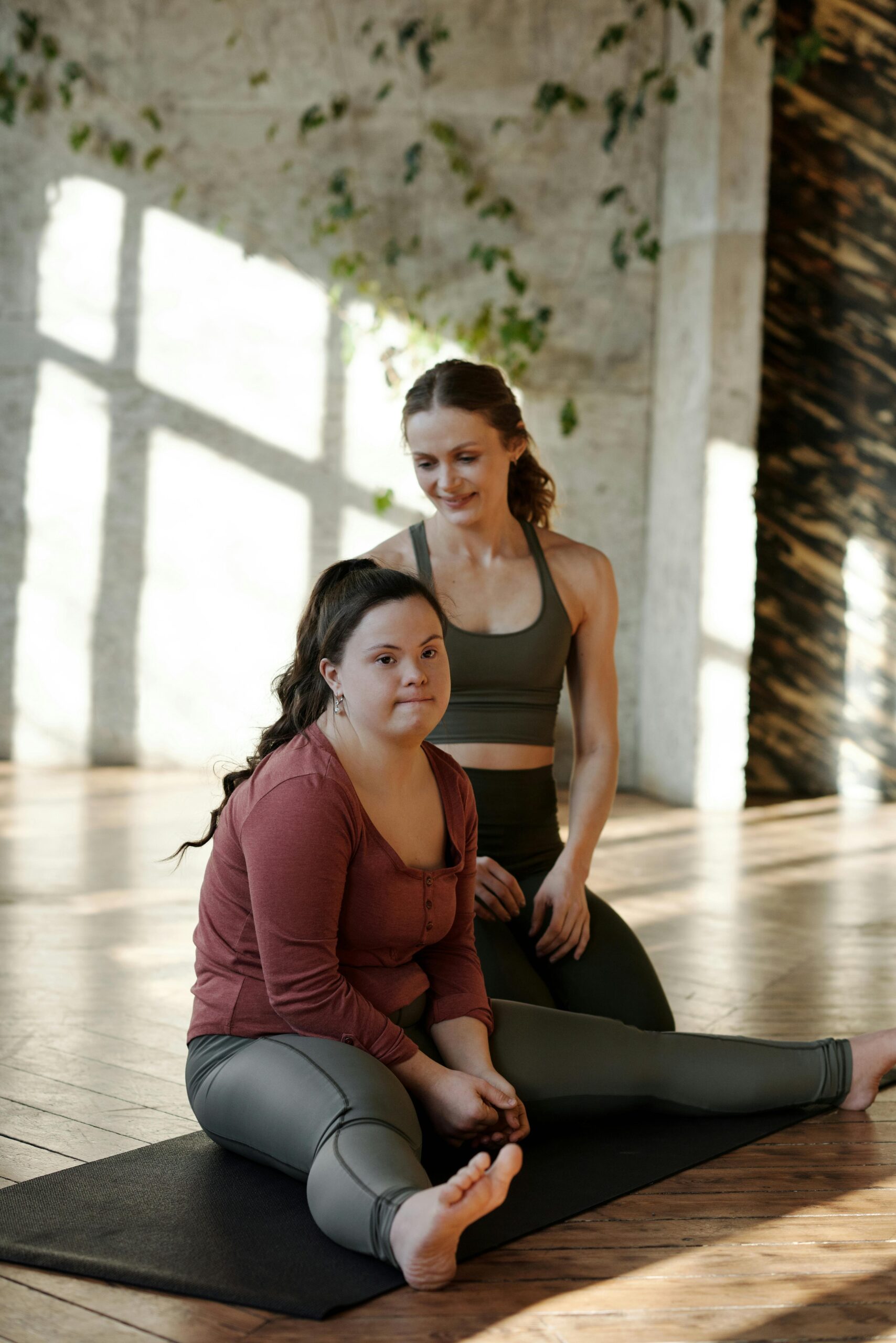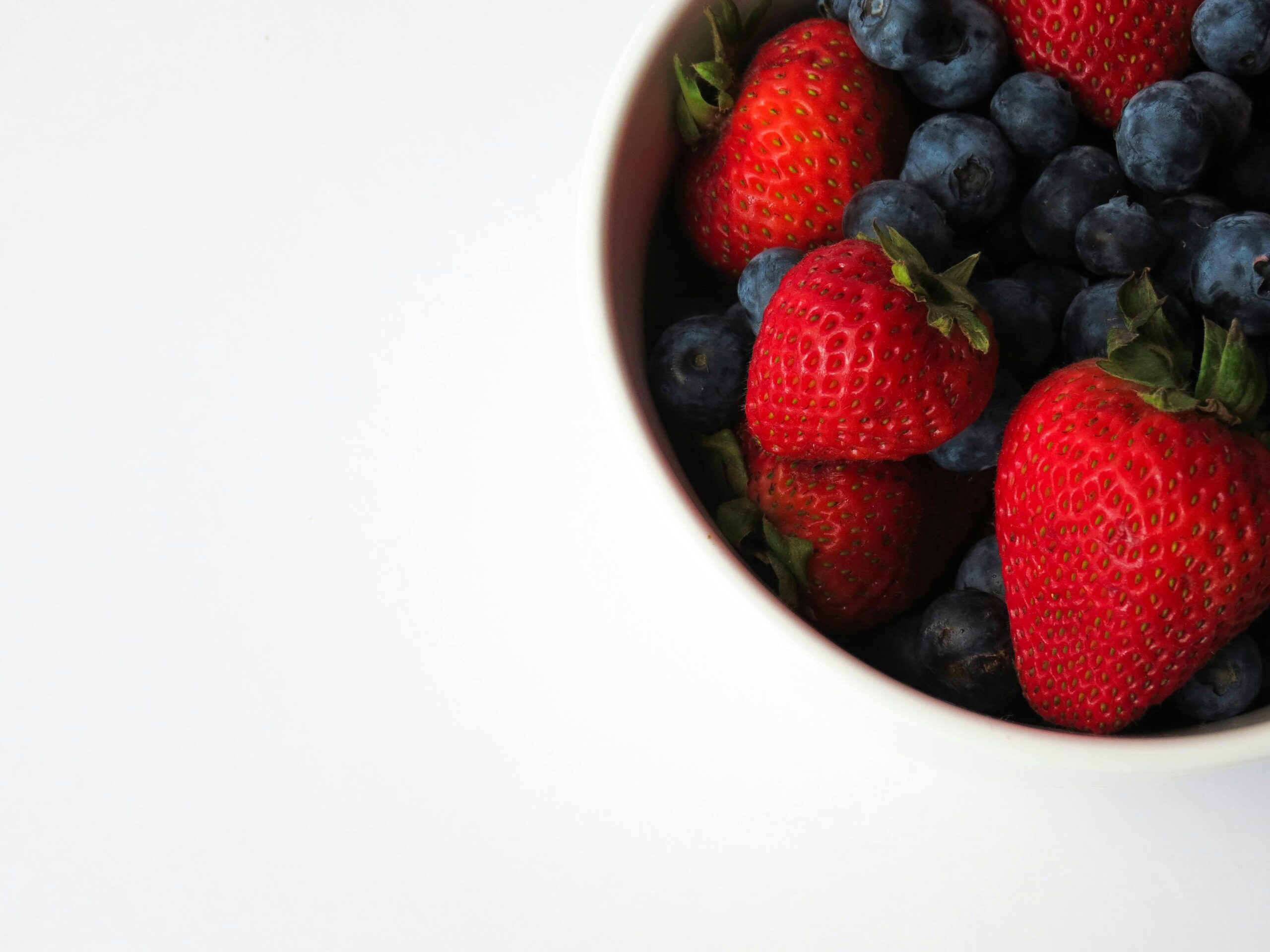
There is nothing more anxiety-inducing than change – especially when change is thrust upon us by circumstances largely out of our control. The COVID-19 pandemic has changed the entire world in just a few short months, and it’s likely that things will continue to change for months and years to come.
For people who struggle with anxiety, the constant flow of changing information can tremendously increase stress in their lives. Normally, a home would be a sanctuary from the continuous “noise” of a hectic world, but mandatory quarantine orders and social distancing can quickly turn the comforting four walls of home into a bleak prison. Fortunately, Spring has brought with it an opportunity to take part in a very easy task that is proven to reduce anxiety and restore the spirit: gardening.
According to the American Horticultural Therapy Association (AHTA), the therapeutic effects of gardening were documented as far back as the 19th century. Therapeutic gardens are designed to address a variety of applications within healthcare, rehabilitative and other therapeutic settings, and there are even landscape consultants who specialize in designing therapeutic gardens.
What makes a garden “therapeutic”? The AHTA defines a therapeutic garden as a plant-dominated environment purposefully designed to facilitate interaction with the healing elements of nature. It is not uncommon to see outdoor garden areas at hospitals, rehabilitation centers and assisted living facilities.
But you do not need to have a large outdoor space or greenhouse to experience the healing effects of gardening at your own home. You can introduce therapeutic gardening in your home simply by starting a windowsill garden of kitchen herbs such as parsley, oregano and rosemary that can be grown indoors. And don’t forget terrariums, which can be assembled using containers found in your own home, such as mason jars, vases and bottles! Including small toys or objects found by your children and involving them in the activity can extend the therapeutic benefits to them.

It is also easy to use seeds from vegetables that you have in your refrigerator and pantry. Combine the seeds or cuttings with some potting soil to start your own vegetable garden. The popularity of raised planters makes the practice of gardening even more inviting, with a variety of planter sizes accommodating yards both large and small.
If you have access to a larger space, you can design a truly customized garden. In an article by Ginevra Holtcamp about therapeutic gardening, she suggested the following things to keep in mind as you design your garden:
SYMBOLIC GESTURES: Plant things that are meaningful to you and evoke happy feelings. Maybe you associate lilacs with your mother because they bloom around Mother’s Day, or lilies remind you of your wedding day because they were in your bouquet. Perhaps you include cucumbers in your garden because you have fond memories of making pickles with your grandmother. The more positive associations you can create in your garden, the better.
SECRET GARDEN: Another key element of a therapeutic garden is creating privacy and the ability to lose yourself in a plant-rich environment. Try to carve out a quiet, private space where you can sit, relax and admire the garden without being seen or disturbed—perhaps a comfortable bench ensconced within evergreen shrubs or living walls.
GOOD SCENTS: Stop and smell the roses—literally. Scent is a powerful sensory stimulus that can calm us and help us connect more deeply with nature. Trail fragrant plants such as roses, honeysuckle and jasmine along pergolas and arbors so you can enjoy them at nose height. Plant calming chamomile or thyme in pathways so they release a pleasing fragrance when you walk on them. Grow lavender, and breathe in its soothing scent, which can help relieve headaches and lower heart rate and blood pressure.
EASY DOES IT: Horticulture therapists modify healing gardens to help ease the task of gardening and make it more enjoyable. If you have a bad back or limited mobility, consider creating tall raised beds or container gardening. Design clear, accessible pathways throughout your garden, and keep your cool under shade canopies.
COLOR CODED: Warm colors—reds, oranges and yellows—can pick us up when we’re feeling lethargic or depressed; use them in active areas of the garden where you want to eat or entertain. Cool blues and purples are calming and perfect for parts of the garden where you want to unwind. Use color in plantings as well as garden structures, furniture and accessories.
HERBAL TONIC: Many medicinal herbs can help reduce stress and anxiety. Some include St. John’s wort, lemon balm, lavender, chamomile and valerian, which can be made into soothing teas and tinctures. Fill a small cotton bag with herbs and flowers grown and harvested from your garden— lavender, chamomile and rose petals, for example—and hang it under the running water as the bathtub fills to release a soothing scent.

Connecting with nature through gardening can be the best way to feel connected in our world now. And if you don’t have a green thumb and would prefer not to garden, you can still engage in connecting with nature, says Registered Horticultural Therapist Lea Tran. Just going into your backyard or even looking out your window at trees and flowers can stimulate your mind and rejuvenate your spirit.
Tran suggests the following activity: Look at the flower/plant outside and then imagine that a curious artist comes over with their palette and canvas. The artist asks if you could please describe the flower/leaf to them in detail so that they can paint a picture of it on their canvas as you describe it. In your mind, describe the plant/flower in as much detail as you can, slowly and carefully scanning the plant with your eyes.
What you notice gets transferred onto the canvas through your careful description, so you want to make sure you don’t miss any details, such as:
-
What color do you see?
-
What are the shapes of the petals/leaves? Do they have wavy or sharp-toothed edges? What is the pattern of the veins on the leaves?
Even doing this activity for just a few moments can help ease anxiety and bring awe back into your day.
For more information about therapeutic gardens and horticultural therapy, visit the American Horticultural Therapy Association’s website at https://www.ahta.org/horticultural-therapy.
For horticultural therapy activity ideas, visit http://www.gardentherapynotes.com/Horticultural-Therapy-Activities.html.
To read Ginevra Holtcamp’s article on therapeutic gardening, visit https://www.motherearthliving.com/gardening/therapy-garden-zmgz16mjzolc.









leave a comment!
Comments